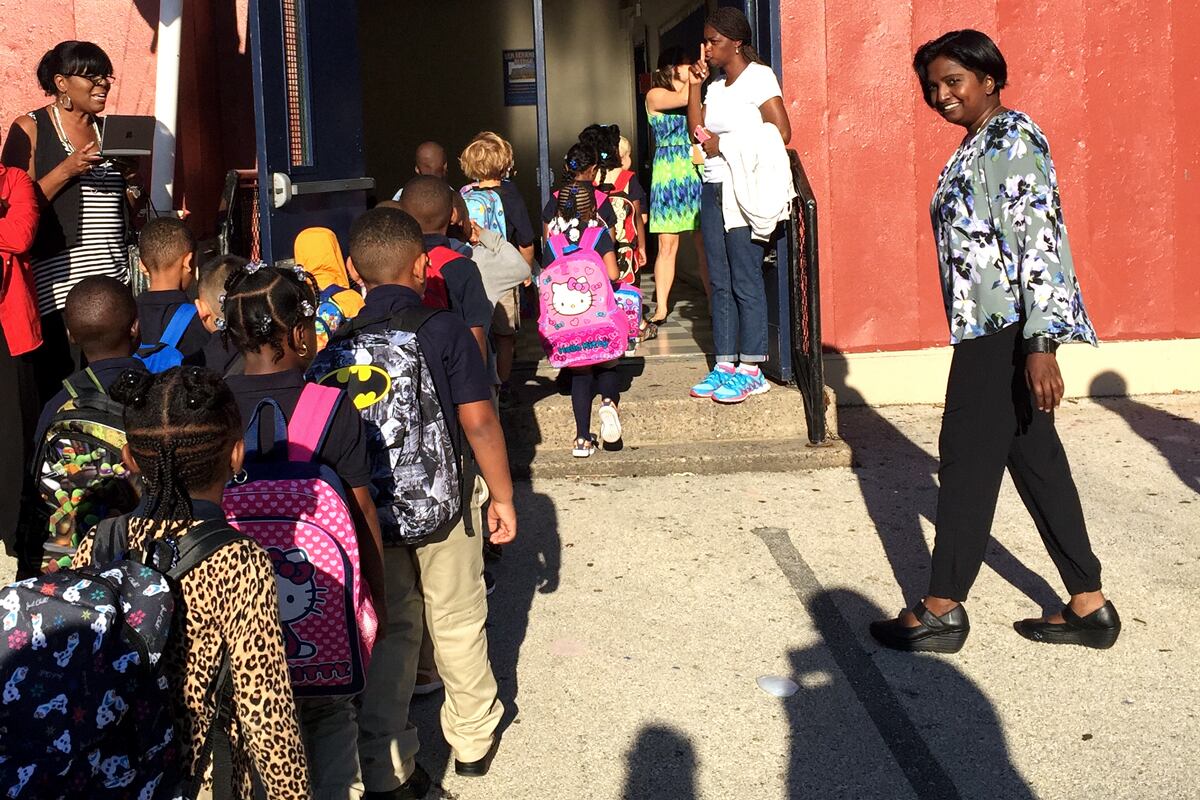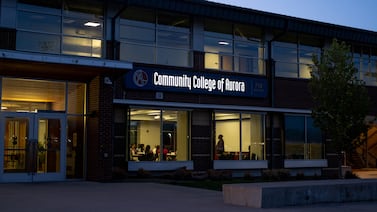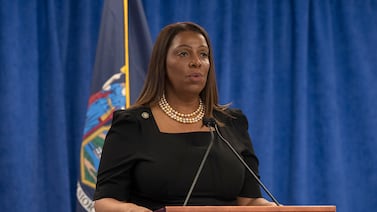With the trial date looming for a landmark school funding case in Pennsylvania, a Commonwealth Court judge ruled Wednesday that attorneys can present some evidence that disparate funding for school districts across the state has a negative impact on Black and Latino students.
Judge Renée Cohn Jubelirer will allow fair funding attorneys to present information on racial disparities in the education system, including achievement gaps and variations in graduation rates, but not “background evidence” on housing and employment discrimination or rates of incarceration, saying it’s not necessary for the case.
The decision comes in response to Republican legislative leaders, Senate President Jake Corman and Speaker Bryan Cutler, whose attorneys argued in a July 7 hearing that evidence of racial disparities in this case is not relevant because the plaintiffs are not claiming the state intentionally discriminates against students of color.
A spokesperson for Cutler said after the ruling that “because the petitioners did not plead a racial argument initially, they are not in a position now to base arguments around racial discrimination.”
Six school districts, along with many parents and education advocacy groups, filed suit in 2014 against Pennsylvania, alleging that the state’s school funding procedures violate its state constitutional mandate to ensure a “thorough and efficient” system of education for students from all socioeconomic statuses. Currently, a large part of school funding in Pennsylvania comes from local taxes, leading to significant funding gaps between high- and low-income districts.
Jubelirer spelled out several reasons why presenting evidence of racial disparities could be relevant to the case. A trial is scheduled to begin in September.
Both sides conceded at the hearing that data on educational outcomes broken down by race or ethnicity could be presented at the trial, meaning it “must not be irrelevant,” Jubelirer said.
Courts in other states have also considered racial disparities in achievement when presiding over school funding cases, Jubelirer said. She cited cases in New York and Kansas, where courts considered evidence that Black and Latino students had lower standardized test scores and graduation rates. Those data points, she said, are similar to fair funding attorneys’ claims that students of color in Pennsylvania are “more likely to be served by unqualified,
inexperienced, or out-of-field teachers, principals, and support staff.”
Black and Latino students are roughly 25% of Pennsylvania’s K-12 population, but the plaintiffs said half of Black students and 40% of Latino students attend school in the poorest 20% of the state’s districts.
Jubelirer also emphasized that the Pennsylvania chapter of the National Association for the Advancement of Colored People is a plaintiff in this case.
“Given the NAACP-PA’s party status and stated interest in ensuring equality in education for its members and children...it is not unreasonable that evidence related to the effect on minority students may be introduced,” she said.
NAACP-PA president Kenneth Huston said the organization is pleased with the court for making a decision “we thought was obvious.”
“The NAACP will not rest until every child, of every race and ethnicity is able to access the education they deserve,” Huston said. “Pennsylvania’s educational system as it currently exists must be transformed into one that provides equal opportunity for all.”
There have been several delays in the case, including attempts by legislators to have the case dismissed. Many fair funding cases in Pennsylvania have been introduced in the last 30 years, but so far no other case has made it this far.
“We are grateful that the Commonwealth Court agreed with us,” said attorney Claudia De Palma, who argued on behalf of fair funding advocates. “The existence of these longstanding racial inequities, and the General Assembly’s insistence on ignoring their effects, is relevant to establishing that Pennsylvania’s school funding system is irrational and unconstitutional.”






